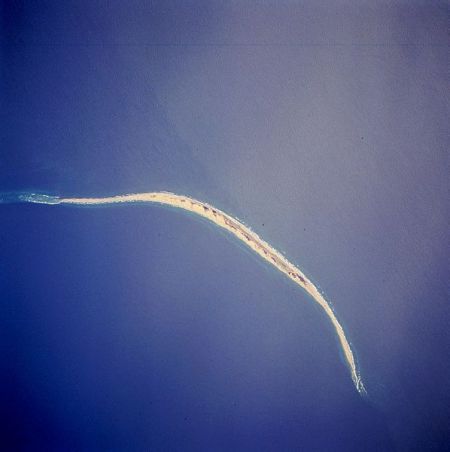Local environmental groups are welcoming today's announcement by the federal and Nova Scotia governments that Sable Island will be designated a national park, the first in the province since Kejimkujik was established in 1967.
"I think this is a very good thing for Sable Island because it brings much more funding and management to the island to look after its significant ecological features," says Chris Miller of the Canadian Parks and Wilderness Society. "It also means that Sable Island now joins the ranks of places like Banff and Nahanni as one of Canada's most precious natural landmarks and that's something that Nova Scotians can be very proud about."
"I think overall it's the right decision for Sable Island," says Mark Butler of the Ecology Action Centre. Butler adds that Parks Canada has the experience and the resources to carry out its twin functions of protecting the island while educating people about its distinctive features. "As long as the protection part is the one that is always the predominant or overruling goal, I think Sable Island will be alright."
The sandy terrain of the narrow, 40-kilometre-long island, 300 kilometres southeast of Halifax, supports a unique variety of wildlife: 150 to 400 wild horses; numerous migrant and breeding birds including the vulnerable Ipswitch Savannah sparrow and the world's largest population of breeding grey seals.
Butler and Miller say they're pleased that federal and provincial officials have promised public consultations on "conservation, management and operational issues" associated with making the island a national park. They agree that protecting Sable Island from too much human interference will be crucial.
Clearly the amount of visitors to the island needs to be restricted and that's something that we'll be asking for through the public consultations which will be kick-started in the coming weeks," Miller says.
Butler agrees: "What's crucial is that they come up with a good management plan that caps the number of visitors and the amount of infrastructure and also protects the island from other human activities such as oil and gas."
In January, federal Environment Minister Jim Prentice suggested that the government would encourage visitors to travel to a "well-protected" Sable Island national park. He added that private businesses could transport people there.
But today both Butler and Miller said they're hoping Parks Canada will find ways of letting people experience Sable Island without actually visiting it.
"The trick is finding what are some of the ways we can prevent the island from experiencing too many visitors by developing alternative visitor experiences," Miller explains. "For instance, you can imagine a facility in downtown Halifax that would show the beauty of Sable Island to people who want to learn more about the place and understand its ecology and its significance."



